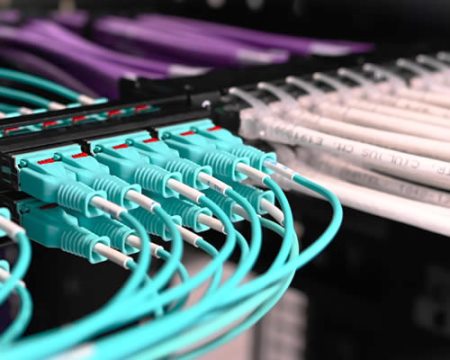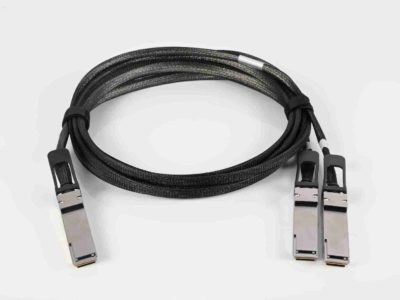Siemon, a leading provider of high-performance network infrastructure solutions, has unveiled two new additions to its LightVerse® fibre optic cabling system in Africa.
RELATED: Siemon revolutionises UTP copper connectivity with UltraMAX
The newly launched LightVerse fibre modular patch panels and LightVerse standard and mini wall mount fibre termination boxes follow on from the recent introduction of the LightVerse copper/fibre combo patch panel, and reinforce Siemon’s ongoing commitment to fibre optic innovation while offering users best-in-class performance and usability in their network infrastructure environments.
The new LightVerse fibre modular patch panels are designed to provide users with another solution for rapid deployment of fibre optic connectivity in their high-density data centre and intelligent building environments. Available in flat, 1U, 2U and 4U configurations, the LightVerse fibre modular patch panels support both singlemode and multimode fibre. They are interoperable with Siemon’s broad range of industry leading LightVerse fibre optic connectivity, allowing users to achieve the ideal balance of functionality, quality and performance.
Seamlessly meeting the demand for uncomplicated fibre termination solutions in non-traditional and Fibre to the Desk (FTTD) installation environments, Siemon’s new LightVerse standard and mini wall mount fibre termination boxes support both singlemode and multimode fibre while providing the ideal foundation for delivering ultra-fast mixed connectivity types in almost any application environment.
“Siemon is thrilled to introduce the LightVerse fibre modular patch panels and wall mount fibre termination boxes to the market,” says Narender Vasandani, technical services group manager for IMEA at Siemon. “These innovations mark the latest milestones in Siemon’s new era in fibre connectivity, where performance, simplicity, and adaptability converge. With our ever-expanding LightVerse portfolio, we are offering network professionals the tools they need to navigate the challenges of modern connectivity effectively.”
































